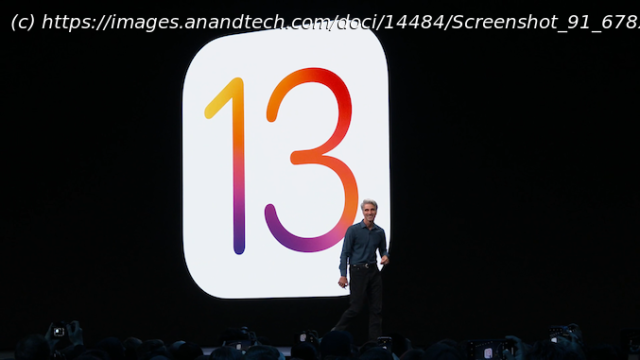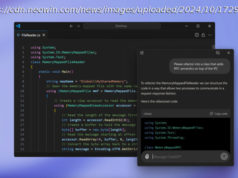At today’s WWDC event in San Jose, California, Apple unveiled the newest update to its iOS operating system, iOS 13, as well as its forking…
At today’s WWDC event in San Jose, California, Apple unveiled the newest update to its iOS operating system, iOS 13, as well as its forking of iOS for tablet devices into a new dedicated OS: iPadOS. We’ll be quickly covering the most important updates this year and see what’s to expect of this year’s newest features introductions.
Most interesting visual change for iOS 13 is the addition of a new dedicated dark mode that switches the UI to a darker colour scheme that is easy on the eyes. Apple’s implementation of the feature is similar to what we’ve seen by other mobile vendors: It’s able to be quickly switched on or off, and also has a schedule feature which automatically adapts the mode based on time of day.
Wallpapers have been optimised to also feature variants for both light and dark mode themes. While dark mode isn’t supported by third-party apps immediately, developers can update their apps with the new SDK and also integrate with the system-wide switch via an API.
Dark mode will best work on OLED devices and will such provide users with notable battery life improvements due to the lower power draw required to display darker content.
The new Photos app allows users to now more extensively edit photos with new advanced techniques. New controls include vibrance, white balance, sharpening, “definition” (clarity filter), noise reduction and vignette filters right from the photo app. Most importantly is the ability to now do advanced editing on video content as well, something that usually had to be done by editing on a dedicated device can now be done on your phone, and you can now crop, rotate, change exposure or apply filter right from your iOS device.
The album feature of the Photos app has also been massively updated. The device and iCloud will now sort your photos based on dates, being able to view group of pictures based on the day, month or even year they were taken, a feature that mimics the way Samsung’s Gallery app has worked for a few years now. Furthermore the new app will be able to sort photos by events, able to better rediscover the collections in the future.






